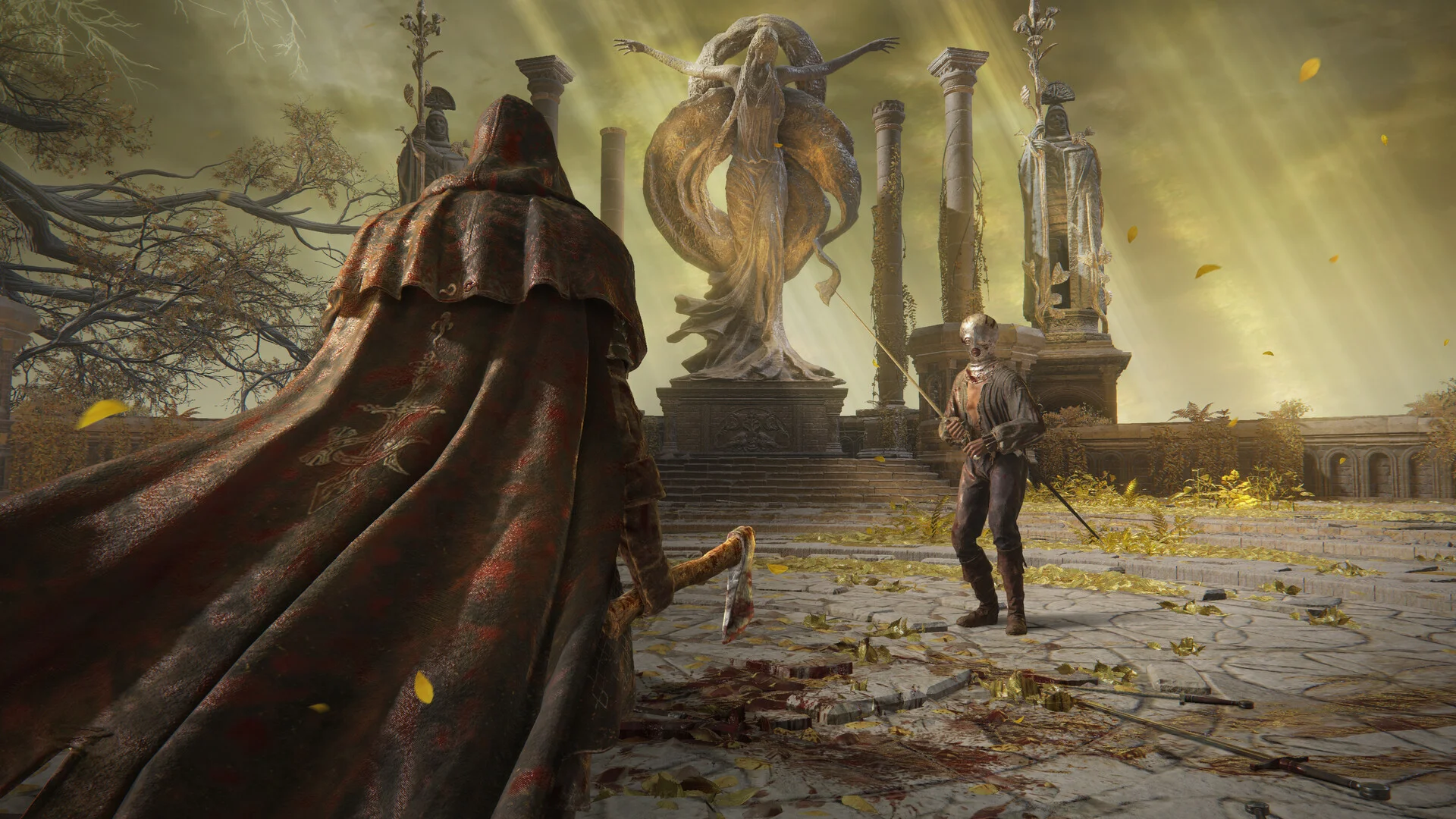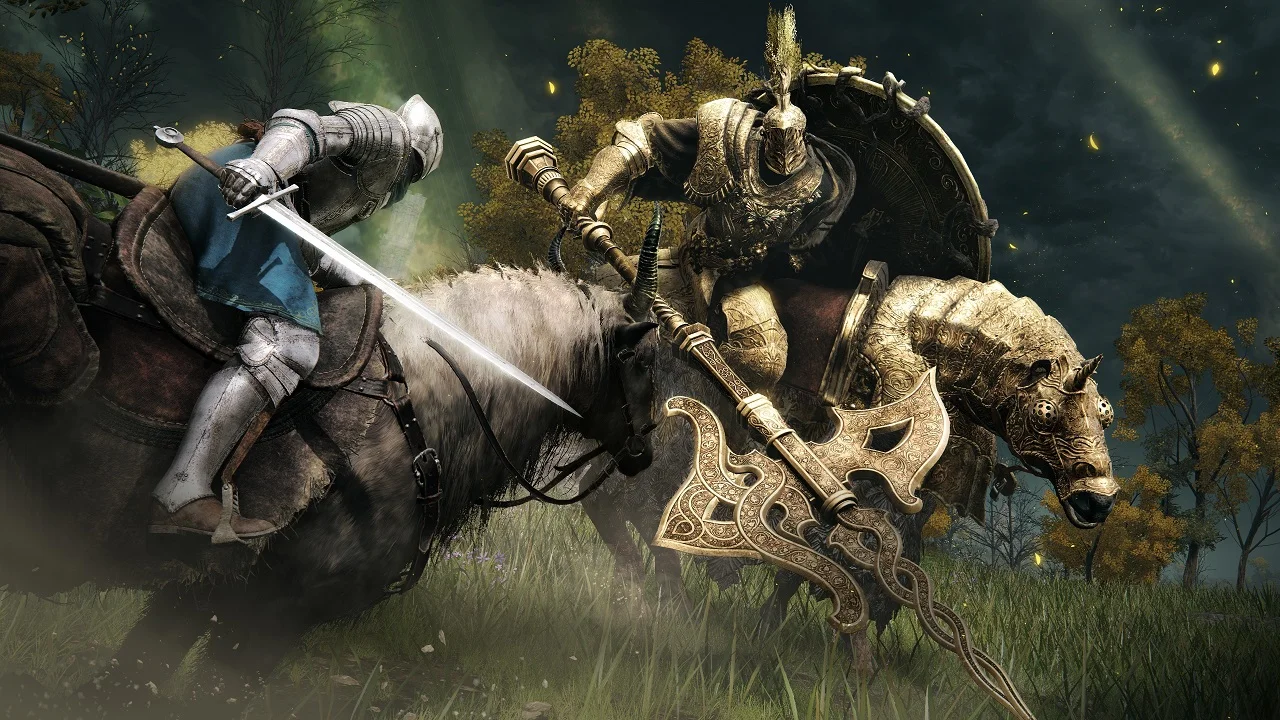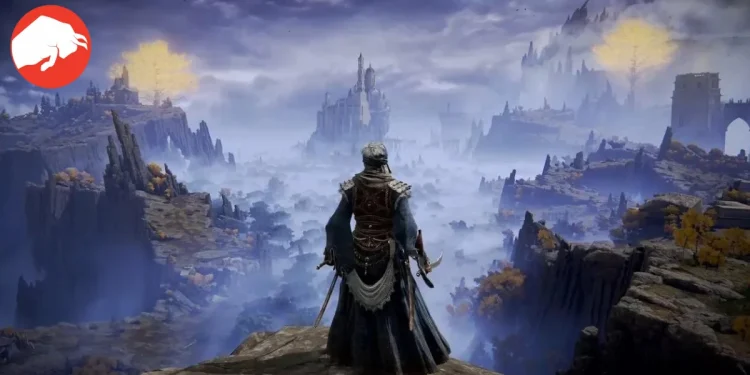The Birth of a New Gaming Genre by Hidetaka Miyazaki
Developer Hidetaka Miyazaki has not just created games; he has birthed a new genre. His obsession with meticulously crafted environments and challenging combat has set a new standard in the gaming world. This dedication to creating unique gaming experiences without relying on typical exposition dumps has made FromSoftware’s titles a staple in gaming discussions.
“Today, no gaming conversation is complete without mentioning FromSoftware’s Souls titles,” echoes the impact of these games. Their latest, Elden Ring, has become a monumental success, selling over 20 million units and becoming the developer’s biggest hit. This achievement reflects the industry-wide influence of FromSoftware’s innovative approach to game design.

Elden Ring: Redefining Open-World Gaming
Elden Ring’s open world is a masterpiece of gaming artistry. It stands out even when compared to the vastness of The Witcher 3 or the detail-rich map of Red Dead Redemption 2. This game offers an unmatched sense of awe, freedom, and player agency. The non-linearity of Elden Ring is a feature that has redefined open-world games, making it a benchmark for future titles.
“For me, this open world truly stands in a league of its own,” expresses the unique appeal of Elden Ring’s world, highlighting its exceptional ability to captivate and immerse players.

A Natural Progression for FromSoftware
FromSoftware’s journey to Elden Ring was a natural evolution of their game design philosophy. The developer’s earlier games, like Dark Souls and Bloodborne, hinted at an affinity for open-world environments but never fully embraced it. Dark Souls, with its interconnected world design, and Bloodborne’s haunting streets, hinted at the potential of a fully open-world format.
Elden Ring marked a significant shift for FromSoftware. The game abandoned the linear design of previous titles, offering a world where freedom dictates the gameplay experience. This change represents a significant evolution in FromSoftware’s approach to world-building.

Elden Ring: A World Without Hand-Holding
Elden Ring stands out for its lack of hand-holding. The game trusts players to explore its vast world at their own pace, offering subtle guidance but never dictating the path. This design philosophy encourages exploration and rewards players for venturing off the beaten path.
“The game seldom stopped me from exploring,” highlights the freedom Elden Ring offers, changing the player’s perception of what an open-world game can be. The absence of superfluous UI elements and generic outposts makes the exploration in Elden Ring a more personal and rewarding experience.

Balancing Freedom with Structure
Despite its open-world nature, Elden Ring successfully balances freedom with structure. The game employs story beats and difficulty spikes as roadblocks, ensuring that players still experience a sense of progression and challenge. Accessing certain areas requires specific items or overcoming tough bosses, which adds depth and strategy to the exploration.
“Accessing parts of the map, like the Grand Lift, requires specific items,” exemplifies the thoughtful design choices that maintain the balance between linearity and non-linearity. This balance is a testament to FromSoftware’s expertise in creating engaging gaming experiences.
The Essence of FromSoftware’s Design Brilliance
Beyond its open-world design, Elden Ring showcases FromSoftware’s brilliance in other aspects of game design. The combat system, refined over the years, is at its peak in Elden Ring. The game offers complex build options and presents larger-than-life bosses, adding layers of depth and excitement to the gameplay.
Elden Ring is not just a game; it’s a revolution in the gaming industry. Its open world, combat system, and design philosophy set a new standard for what games can offer. FromSoftware’s latest title is a testament to the power of innovative game design and the limitless potential of the gaming medium.









